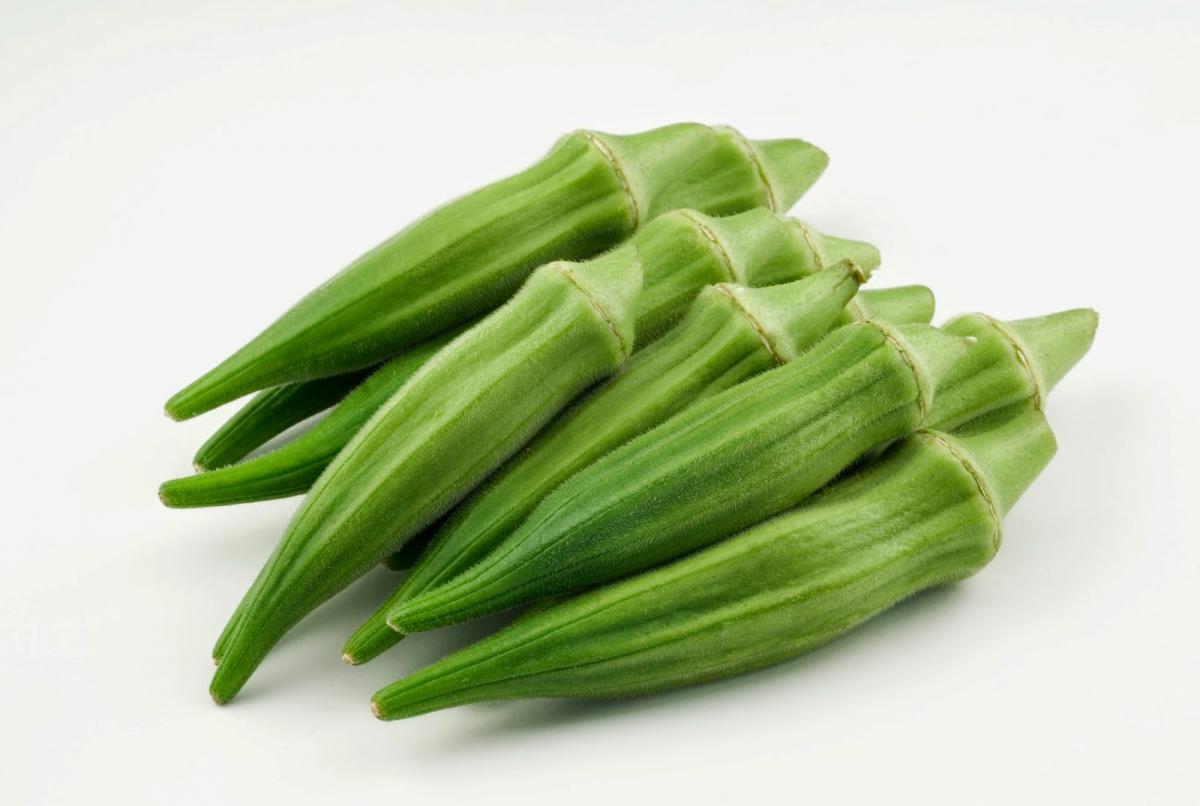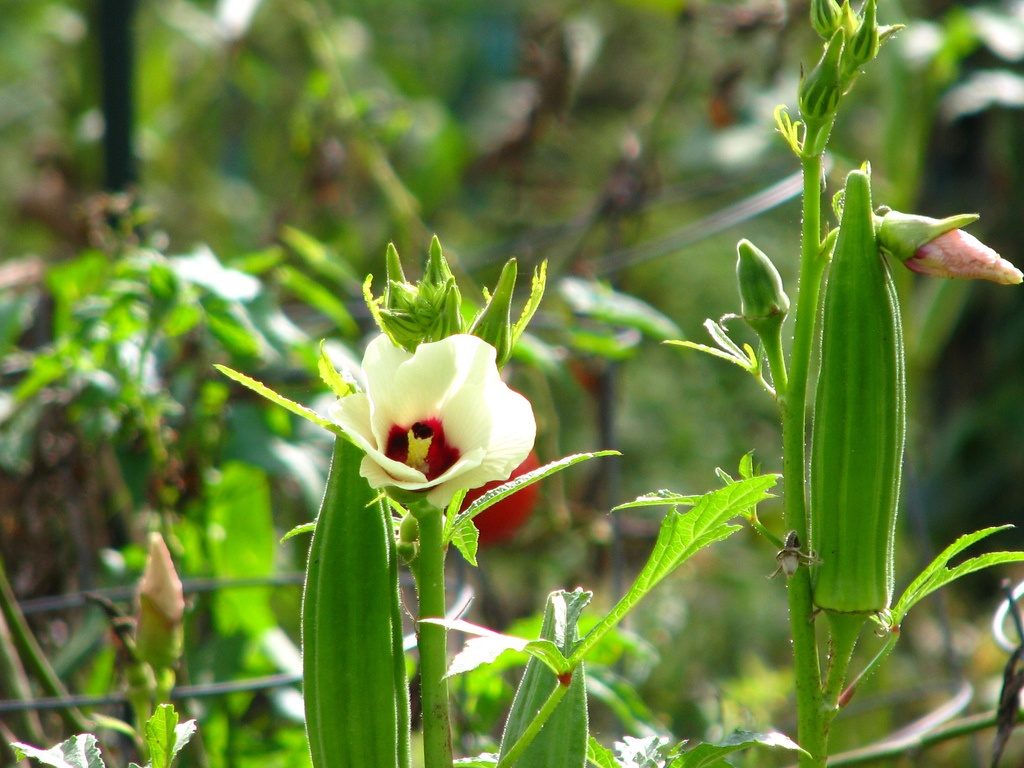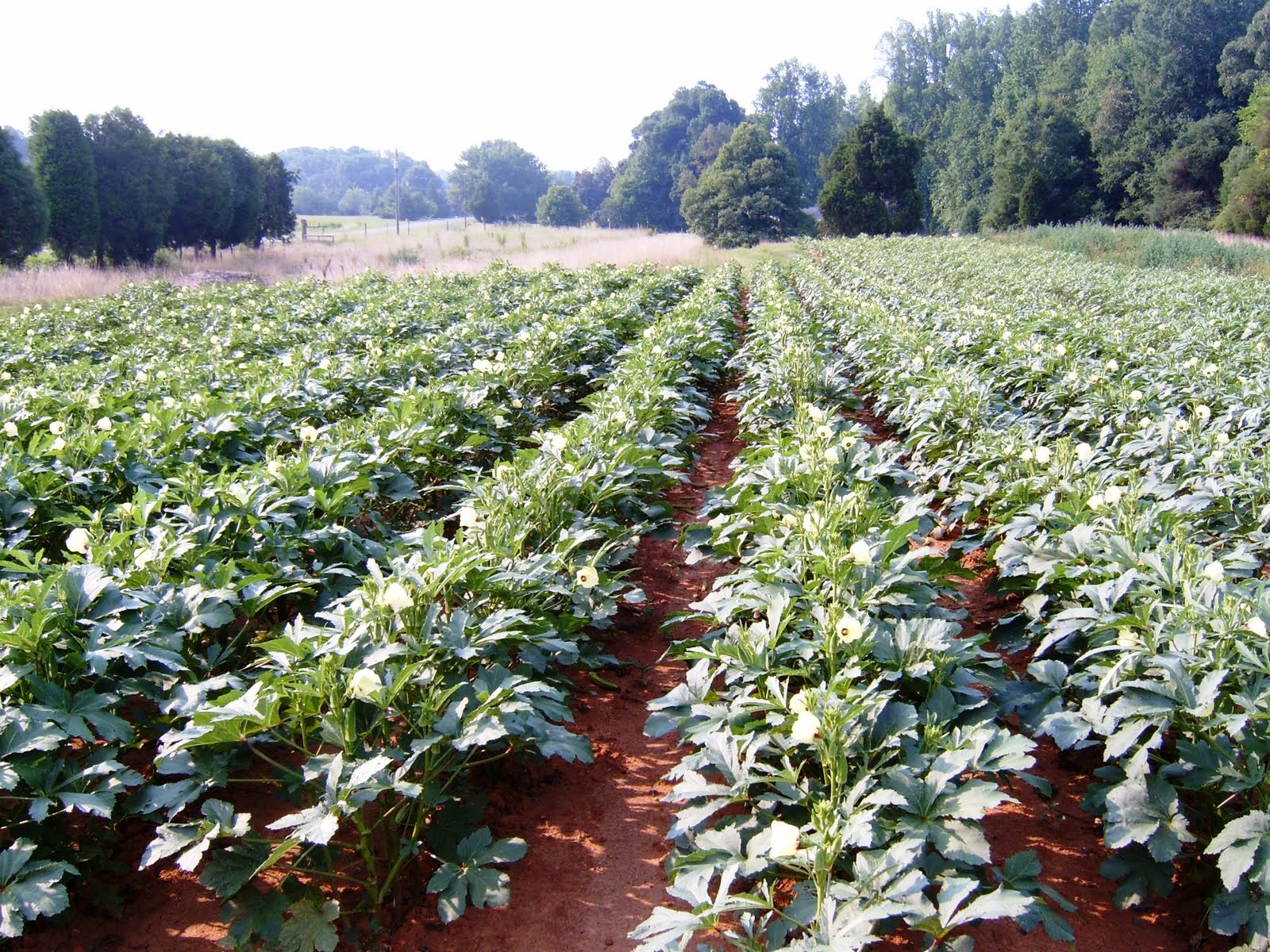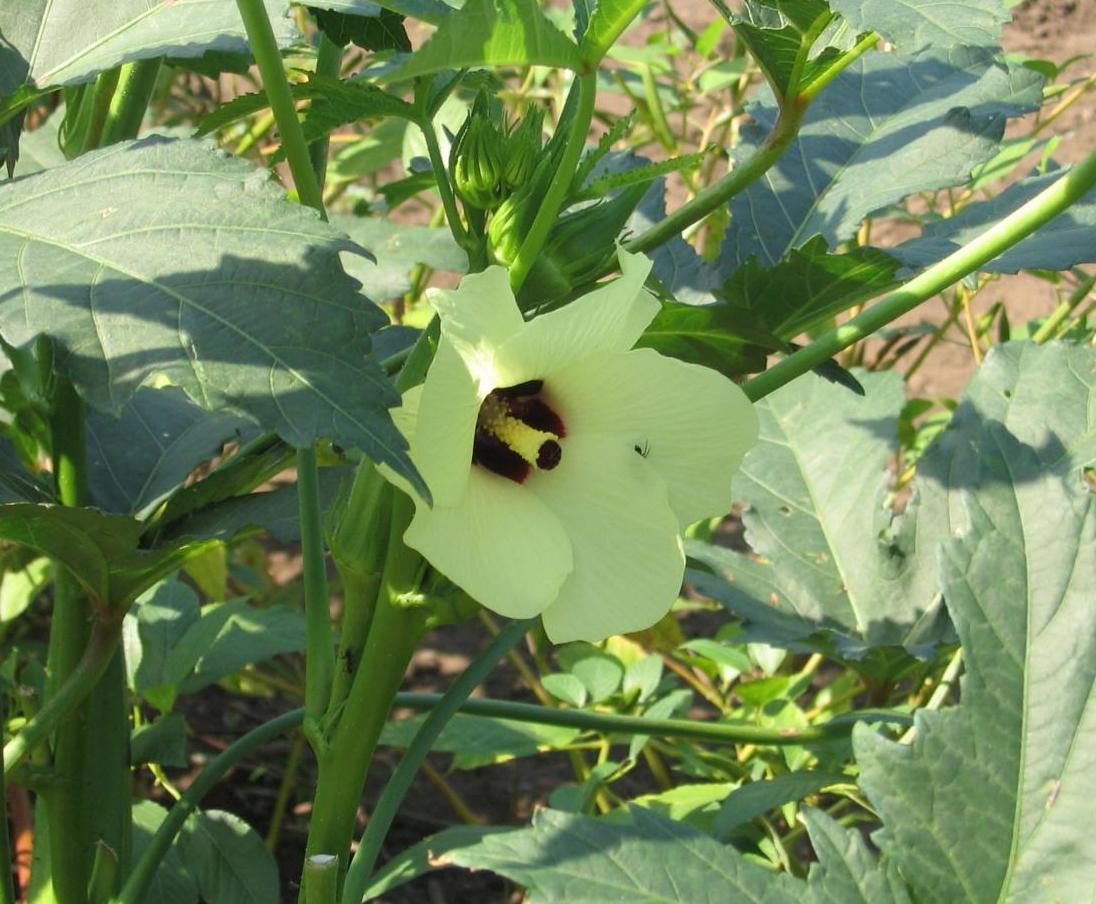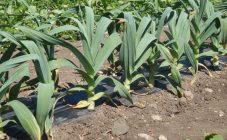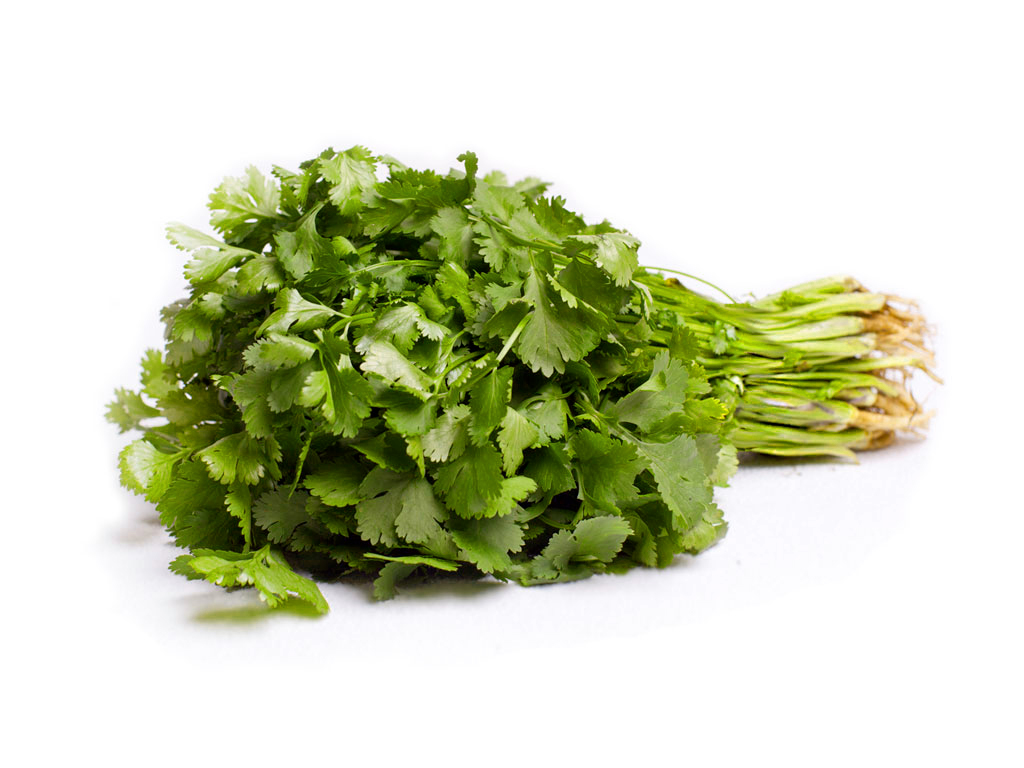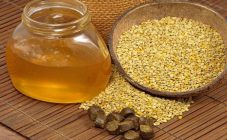This vegetable is very useful, although not very common. Many people not only do not know how to grow it, but do not even know how to cook it properly. However, it contains a significant amount of substances necessary for a person, and it can be used as a medicine. In particular, in folk medicine, this exotic vegetable is used in the treatment of atherosclerosis, respiratory diseases, and so on.
What is this culture
Okra is a vegetable and grows mainly in the south (the tropics in Africa are considered its homeland). The plant can also be found in the Antilles, in some countries of southern Europe, as well as in South America and Asia. Thanks to the use of modern cultivation technologies, it has now spread to Russia. The main regions where it grows are Krasnodar and Stavropol Territories.
In different countries, the vegetable is called differently. So, in India they call okra okra or bindi, in the American continents - gombo, in Africa - okur, and in Cyprus the plant has the most romantic name - "ladies' fingers".
In its appearance, the okra vegetable resembles both a pepper pod and a cucumber (the pod resembles the shape of a fruit, and the ribbed surface with hairs gives the impression that a cucumber is in the hands). The closest fresh vegetable to okra in taste is spinach, and after cooking it simultaneously resembles zucchini and green beans.
The plant can be dwarf (its height does not exceed 40 centimeters) or tall (its length reaches two meters). The stem of the okra is quite powerful and thick, as it ripens, it stiffens. On it you can easily find rare coarse hairs. The number of stems ranges from two to seven. Leaves have long, light or dark green cuttings. The area of each leaf is quite large; fluff also grows on them.
The flowers of the plant are solitary, appear in the axils of the foliage, are rather large, are clearly visible on the plant, have a pleasant yellowish-cream color. Pedicels are short, with fluff. There are enough flowers on one stem to form the fruit. Since they are bisexual, other representatives of the culture, such as sea buckthorn, for example, are not needed for pollination.
The fruit is an elongated pyramidal capsule. Some gardeners sometimes confuse okra with green pepper, as they look slightly similar in appearance, especially since with proper care, the fruit can easily reach 25 centimeters in size.
Okra varieties
To know really everything about okra, you need to understand its varieties.
The most popular are:
- Star of David. It is the most famous variety among gardeners and is most often cultivated. Its fruits are quite short, but at the same time they have a significant thickness (up to seven centimeters). In the context, the fruit resembles a star, for which the variety got its name. This type of culture belongs to the category of tall, and the main difference is the unusual purple color of the foliage;
- Blondie differs from other varieties in its ripening speed. The length of its pods reaches 8 centimeters, and you can recognize them by their yellow-green color;
- A cow's horn belongs to tall plants, since the height of its stem can reach 2.5 meters. The fruits are also significant in length (up to 25 centimeters), they are distinguished by an excellent taste and strong aroma, therefore, experts predict that the popularity of this variety will only grow;
- Alabama Red also belongs to the category of tall okra. Its main difference from other plants is in the color of the pods. As the name suggests, it is dark red. Due to its attractive appearance, many gardeners use this variety as a decorative one, decorating individual elements of buildings or a site;
- Clemson Spineless is distinguished by the fact that its fruits grow upward. The color of the pods is standard - dark green, like the length (about 15 centimeters). The stem height is on average 1.5 meters.
It should also be noted that after gardeners learned what okra is, the plant's popularity began to grow. This happened due to the presence of a large amount of nutrients in the fruits of the plant and its use for preventive and therapeutic purposes for various diseases.
Useful properties of okra
The fruits contain a huge amount of vitamins and minerals. In particular, they are rich in copper, calcium, vitamins B and PP, phosphorus, zinc and iron. They contain folic acid (indispensable for pregnant women and stimulates the body's recovery processes), fiber useful for the gastrointestinal tract and pectin (an effective adsorbent of heavy metal salts, which makes it possible to use okra for cancer prevention).
Regular consumption of dishes with the described vegetable is an excellent preventive measure against the following diseases:
- Bowel diseases. Vegetable fibers of this plant perfectly stimulate the removal of toxins and harmful cholesterol from the body. They also eliminate excess bile, which allows you to avoid various diseases associated with this, in the first place, ulcers. Normalization of cholesterol levels not only has a beneficial effect on the functioning of the intestines, but also prevents diseases of the cardiovascular system and diabetes mellitus;
- Okra decoction has an excellent anti-inflammatory effect, therefore it is actively used in the treatment of colds and to stop coughing;
- Okra is a dietary product. Despite the presence in it of almost all the substances necessary for a person, its calorie content is very low, therefore, many nutritionists recommend it to be consumed by people who are overweight;
- Studies have shown that regular consumption of the fruit of the vegetable in people with vision problems can prevent the development of cataracts;
- The presence of antioxidants and adsorbents in okra makes it possible to use it for cancer prevention. In addition, clinical studies have shown that regular consumption of the vegetable slows down the progression of the disease or stops it completely, which in some cases can save patients' lives;
- The beneficial substances contained in vegetable fruits not only strengthen blood vessels and remove harmful cholesterol, but also help develop joints. Both described effects help in the treatment and prevention of atherosclerosis;
- Some researchers have noted such an effect from the regular use of okra, as an increase in potency;
- An important beneficial property of the plant is the healing of those who use it from fatigue and depression.
A contraindication to the use of vegetable fruits can only be an individual intolerance to the substances contained in it and the associated allergic manifestations.
In addition to knowing what useful properties okra has, what it is, and what contraindications may be to eating it, you must be able to properly cook a vegetable, and this is a separate art. There are various recipes for dishes from this vegetable. It can be pickled, stewed, grilled, boiled, and even consumed raw. Which method to choose, everyone decides, depending on their taste preferences.
Agrotechnics
To be able to take advantage of all the beneficial properties, you need to know how to grow a vegetable, harvest a crop and what possible diseases and pests you will have to face. First of all, it is necessary to purchase a high-quality seed of the plant and prepare it for planting (since the homeland of okra is warm countries, it is recommended to plant it in the form of seedlings). The technology of this process is the same as that of a tomato: seeds are germinated on a damp cloth, then placed in the soil, as sprouts appear, they are cared for (watering and feeding).
When the shoots are strong enough and the ground warms up to a sufficient temperature, the seedlings should be planted in open ground. Careful plant care is not required; it is enough to perform standard types of work: watering, loosening, feeding and shaping the stems.
From diseases, in the case of a long period of rains, the plant can attack powdery mildew. It is undesirable to protect a vegetable from it by chemical means, since harvesting begins already 2 months after the seedlings are placed in open ground and is carried out daily. The best means of combating diseases is spraying flowers and plants with an infusion of onion peel or garlic.
If a plant is damaged by a rust fungus, the diseased areas should be immediately removed and destroyed (burned) in order to prevent the spread of the disease. It is recommended to do the same with pests (aphids, spider mites, slugs). Chemistry should not be used in order to avoid its getting into the fruit and causing harm to the body instead of being beneficial in the process of eating the vegetable.
In conclusion, it should be noted that many are worried about the question: okra - what is it: a grass or a vegetable? The answer to it is unambiguous - it is a vegetable. Its fruits are eaten, which contain a large amount of useful substances, which is why the plant is often used as a medicine. There are many varieties of vegetables, each different from the other and requiring a different cooking method.
